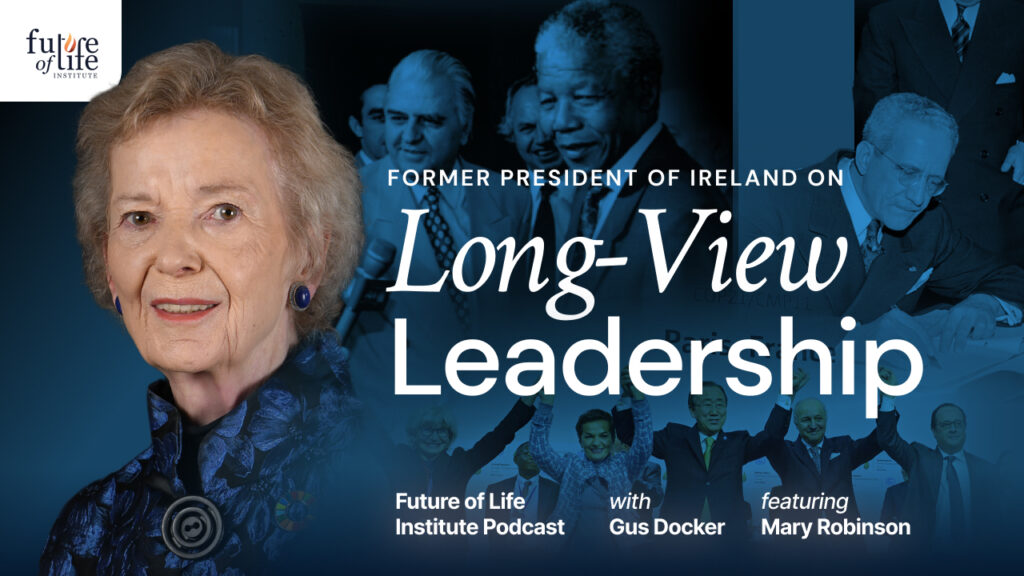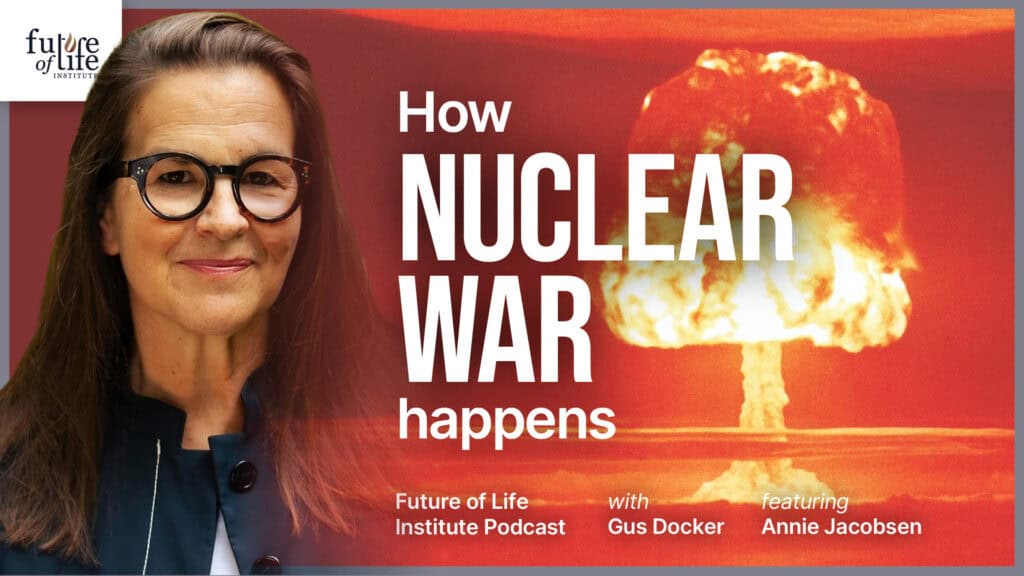Nuclear Weapons
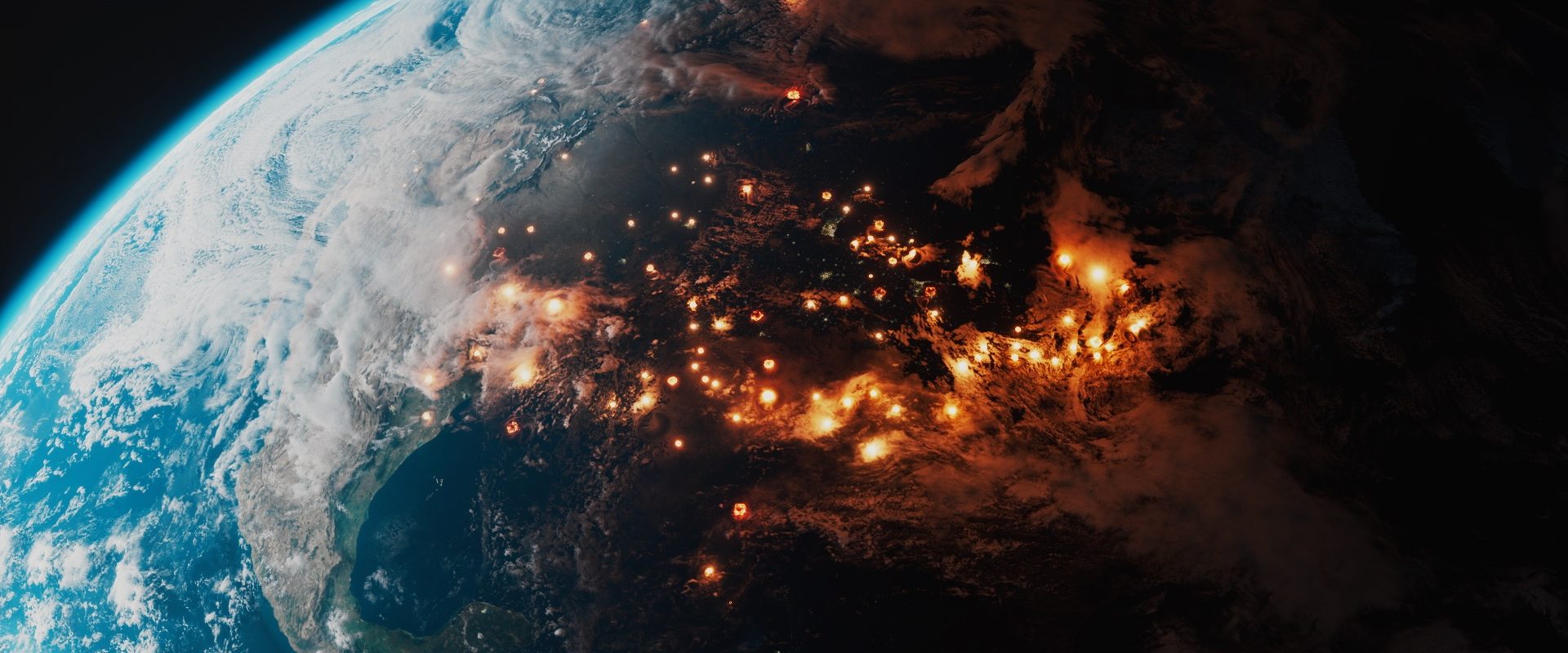
There are an estimated 13,000 nuclear weapons in the world, distributed unevenly among nine states. Some of them are hundreds of times more powerful than those which destroyed Hiroshima and Nagasaki. The use of just a few hundred could leave Earth’s population decimated by a nuclear winter.
The risks of nuclear weapons range from nuclear terrorism, or a ‘tactical nuclear’ attack on a single city, which could kill millions of people, to global nuclear war, which could kill billions. Notably, the latter has almost happened many times by accident. The potential impacts of these risks are countless; many are still unexplored. A 1979 report estimated, based on initial blasts, radiation risks, power grid disruption and more, that 28-88% Americans and 22-50% Soviets would die. That was before nuclear winter was discovered.
In the 1980s, researchers saw that a nuclear war could cause vast amounts of smoke to spread around the globe, blocking out sunlight and transforming summers into winters, much as asteroids or supervolcanoes did in the past, causing mass extinctions. Today’s more sophisticated climate models show that 1980s research underestimated this impact. In several core farming regions, climate models show temperatures will reduce by 20°C for several summers, and by about half ten years later. The world as we know it would crumble, due to starvation, hypothermia, and epidemics.
Even if just one superpower launched its full nuclear arsenal against the other without retaliation, nuclear winter would still ensure the attacking country’s self-destruction. This realisation helped motivate the ‘nuclear freeze’ movement following the Cold War, which saw a 75% reduction of global nuclear stockpiles. But despite the Non-Proliferation Treaty’s pledge to disarm, progress has dwindled. The nuclear freeze is thawing.
The design and production of new nuclear weapons are not only unnecessary for deterrence, but actually make accidental war more likely. As well as encouraging states to develop nuclear weapons, it gives terrorists better access to enrichment materials.
FLI thus opposes such development, as well as weapons testing. We also encourage steps to reduce the tremendous risk of nuclear winter: this includes de-escalation from tense war scenarios – when near-misses have disproportionately occurred – and smaller steps like the removal of weapons from ‘hair-trigger’ alert.
Looking to recent developments, we also stand firmly against efforts to incorporate Artificial Intelligence systems into nuclear weapons controls. Such an incorporation raises the possibility of catastrophic miscalculations and blunders by speeding up response times, and excluding the human intuition and hesitation which have many times helped avert World War III.
Other focus areas

Biotechnology

Artificial Intelligence
Recent content on Nuclear Weapons
Posts

New Report Calls Out Banks that Make Nuclear Weapons Investments

The Breakdown of the INF: Who’s to Blame for the Collapse of the Landmark Nuclear Treaty?
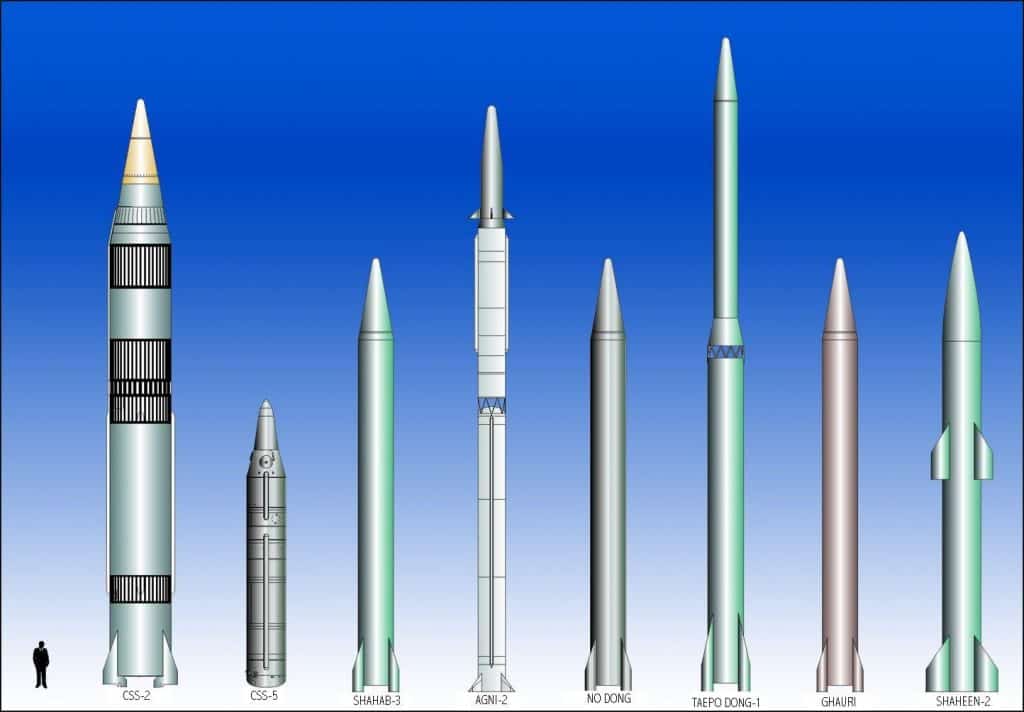
Trump to Pull US Out of Nuclear Treaty
Resources
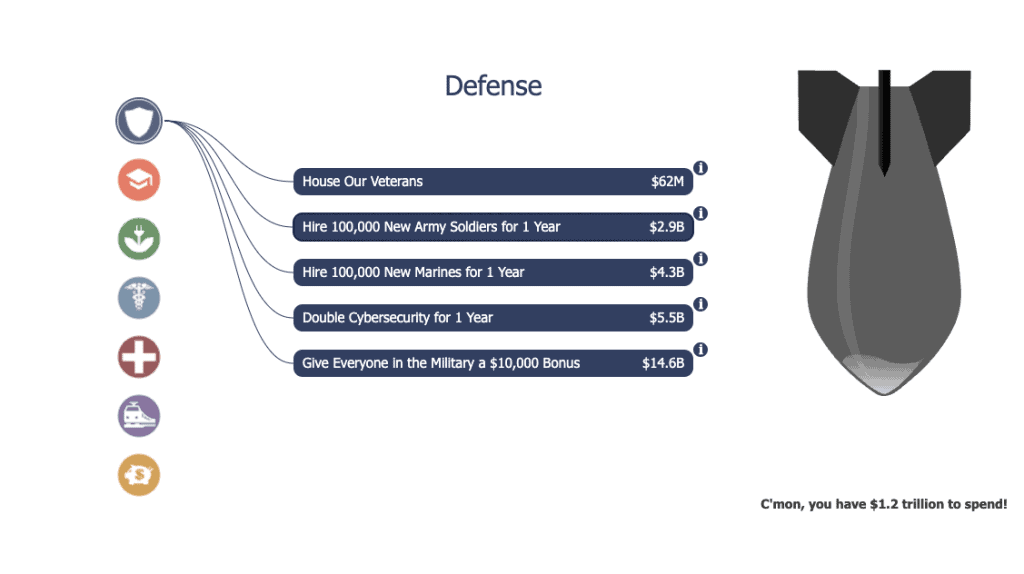
Trillion Dollar Nukes
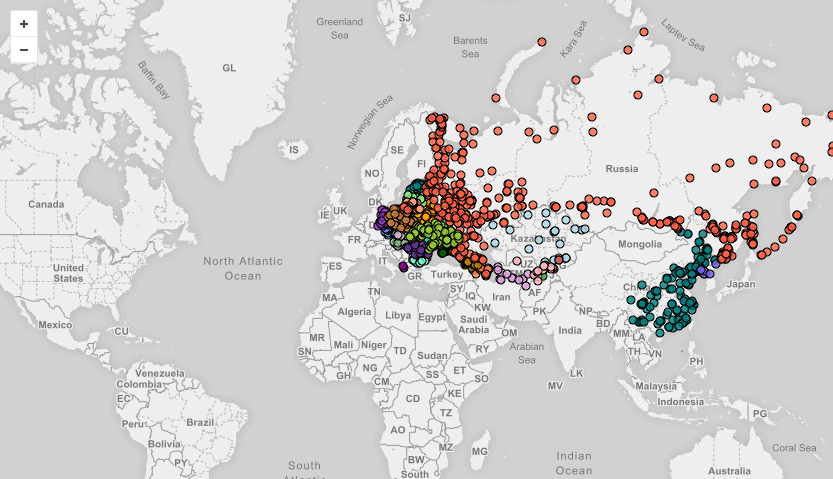
1100 Declassified U.S. Nuclear Targets
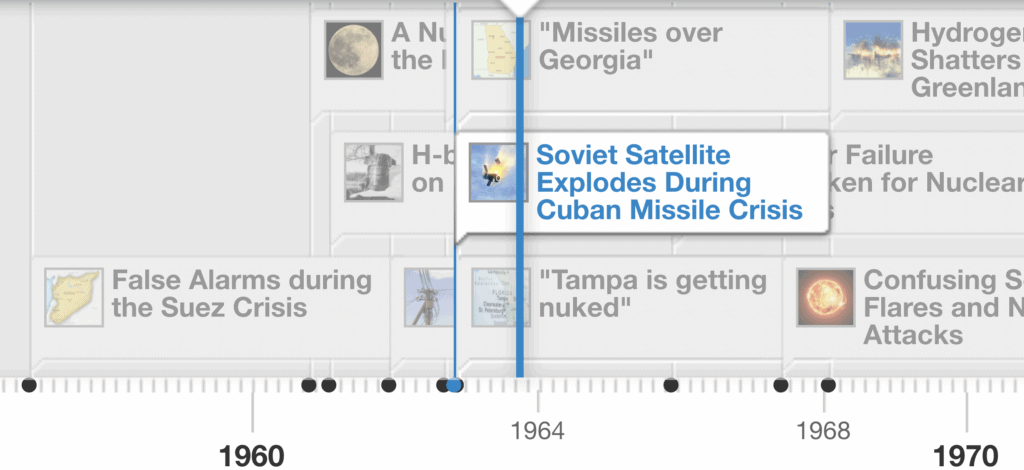
Accidental Nuclear War: a Timeline of Close Calls
Videos
How two films saved the world from nuclear war
Artificial Escalation
What nuclear war looks like from space
Podcasts
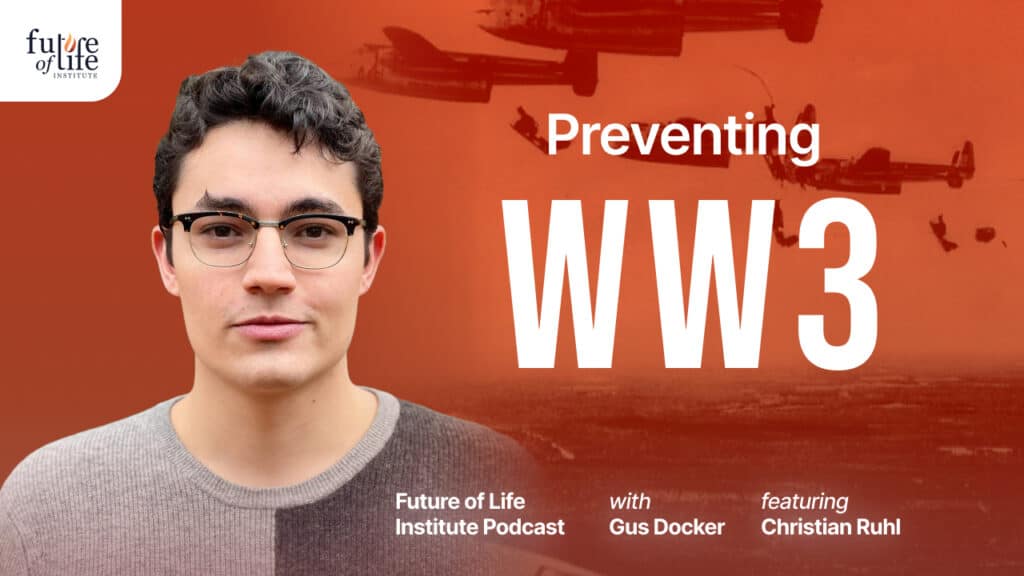
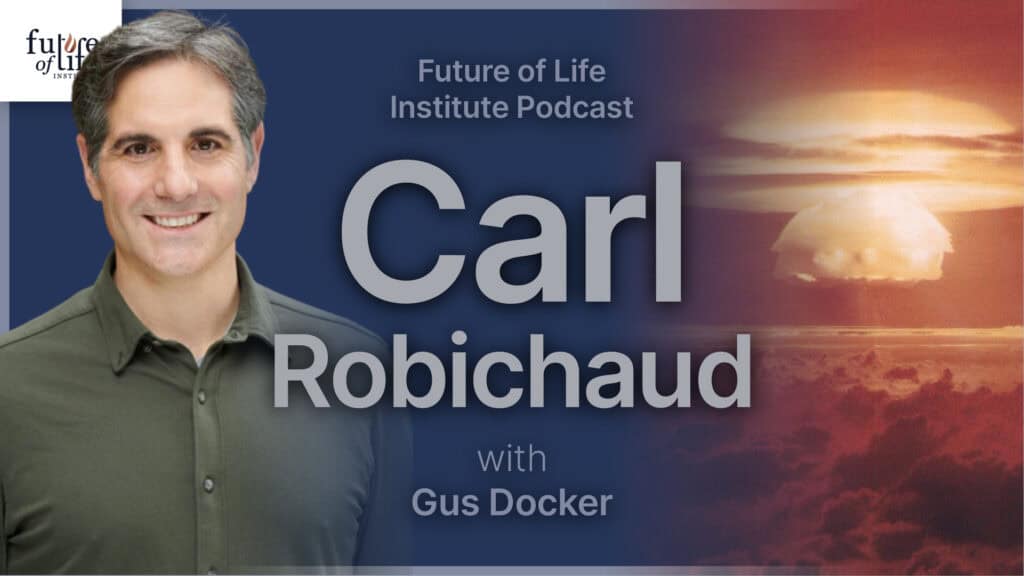
Carl Robichaud on Preventing Nuclear War
Open letters
Open letter calling on world leaders to show long-view leadership on existential threats
Open Letter Against Reckless Nuclear Escalation and Use
UN Ban on Nuclear Weapons Open Letter
Future of Life Awards

Future Of Life Award 2023

Future Of Life Award 2022

Future Of Life Award 2018


